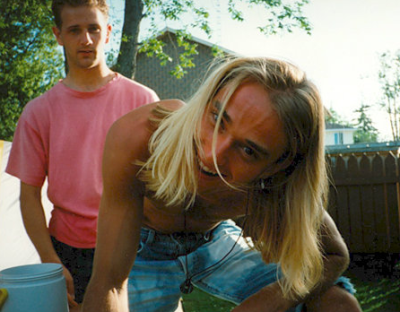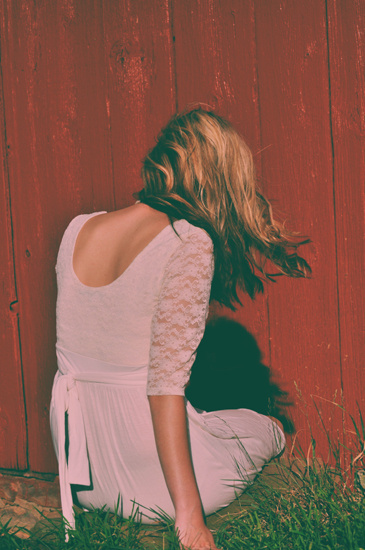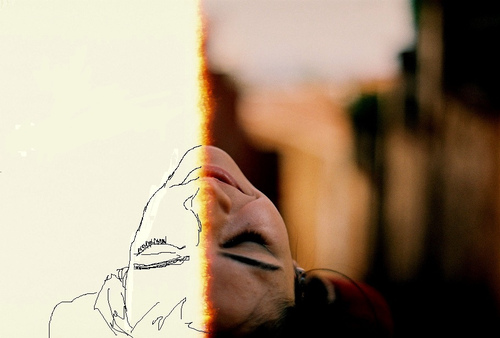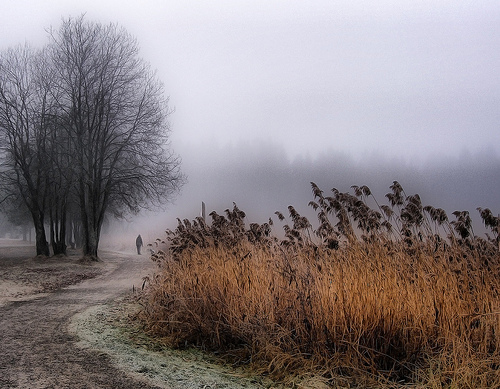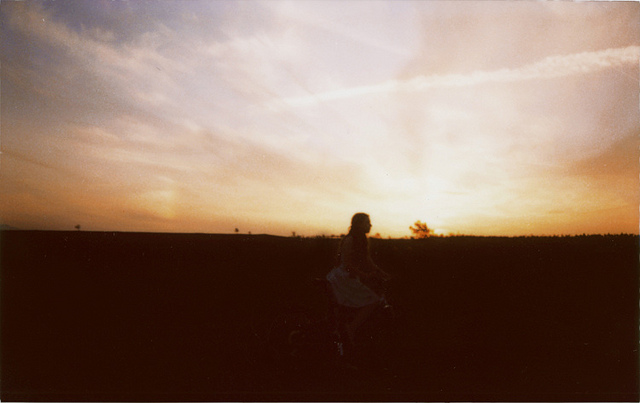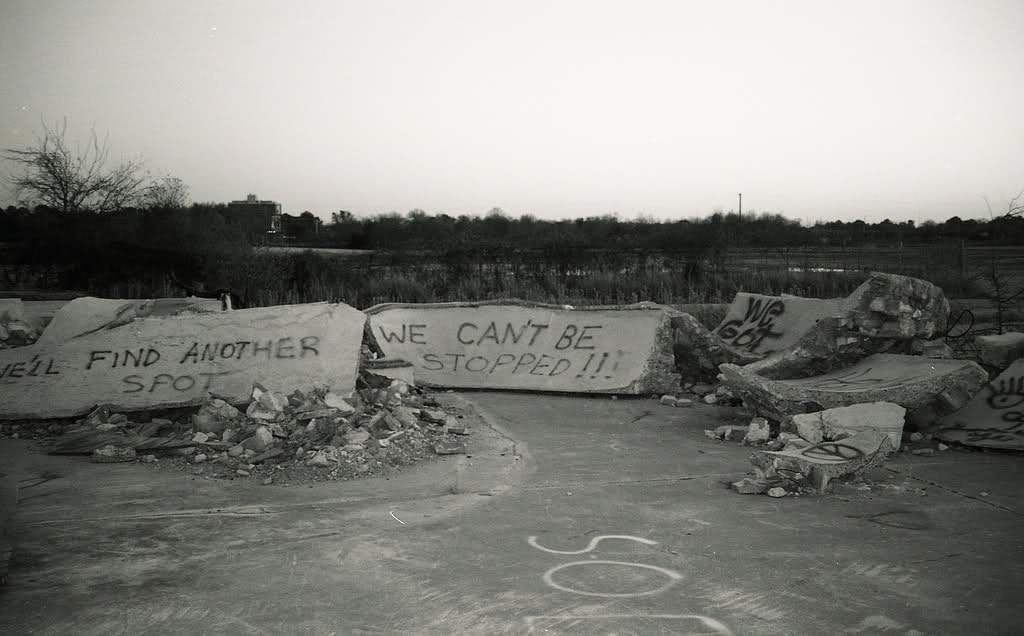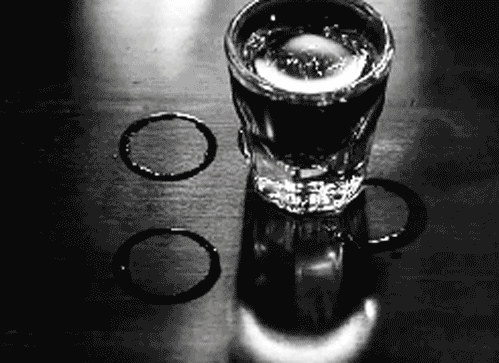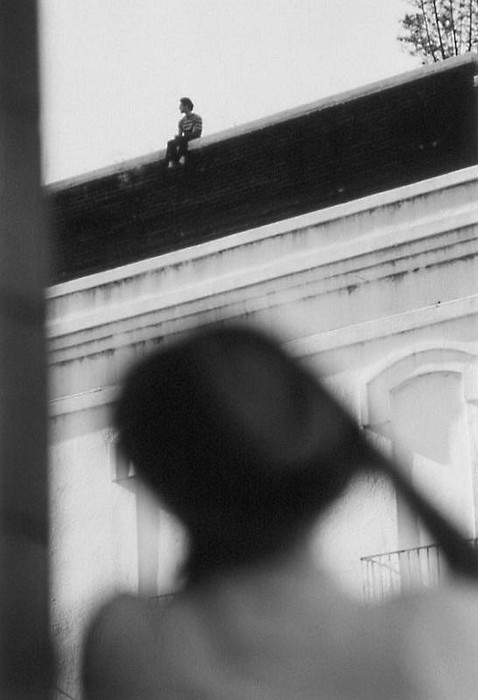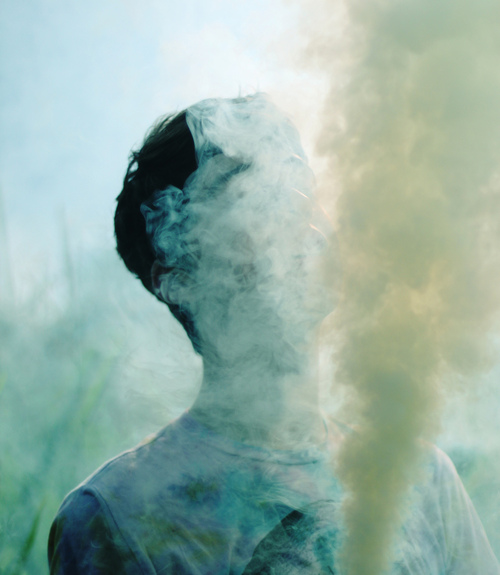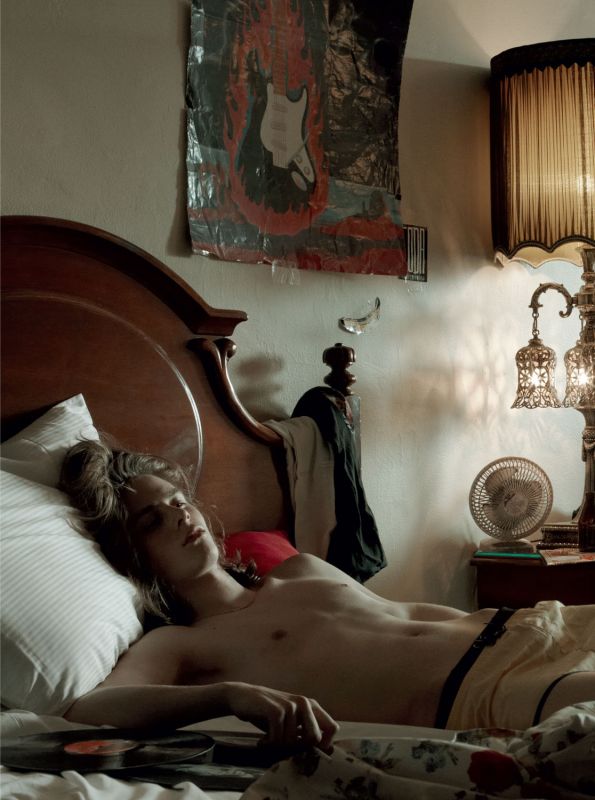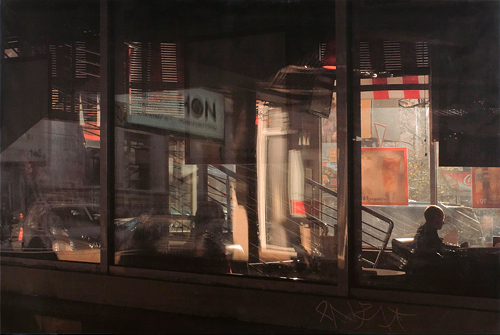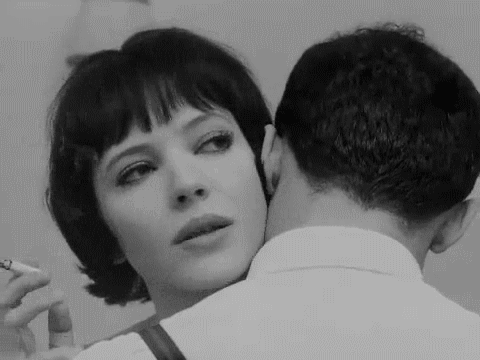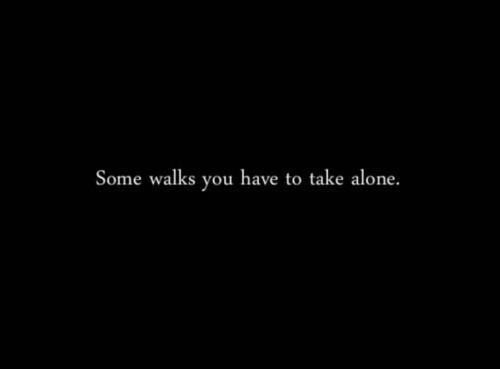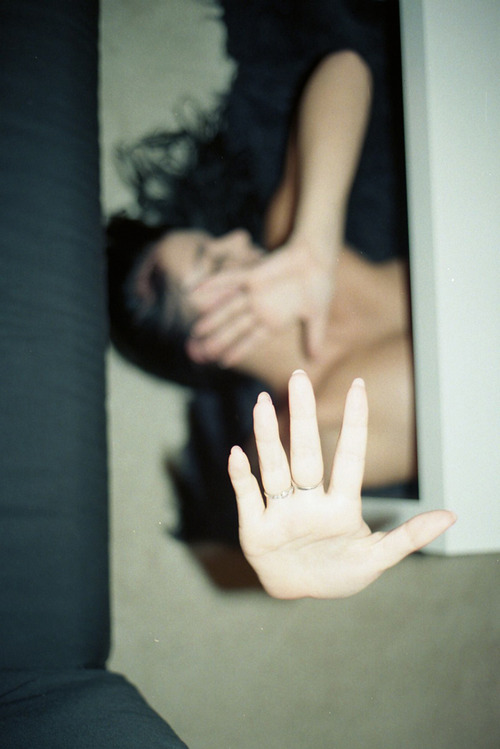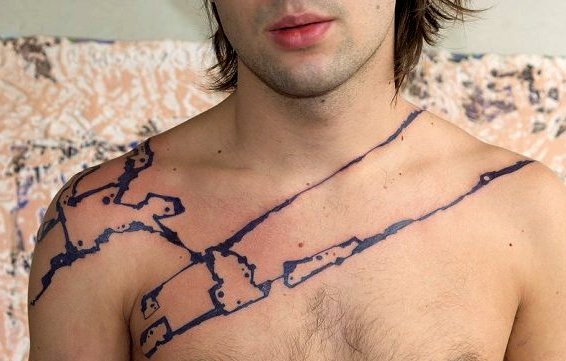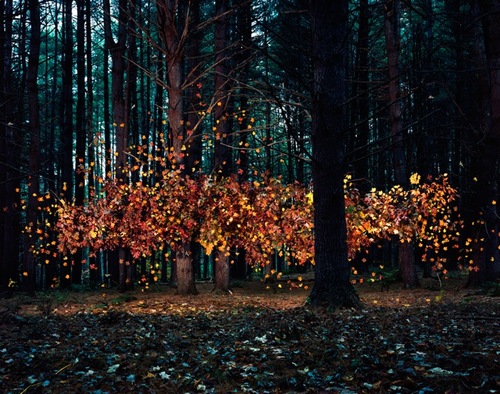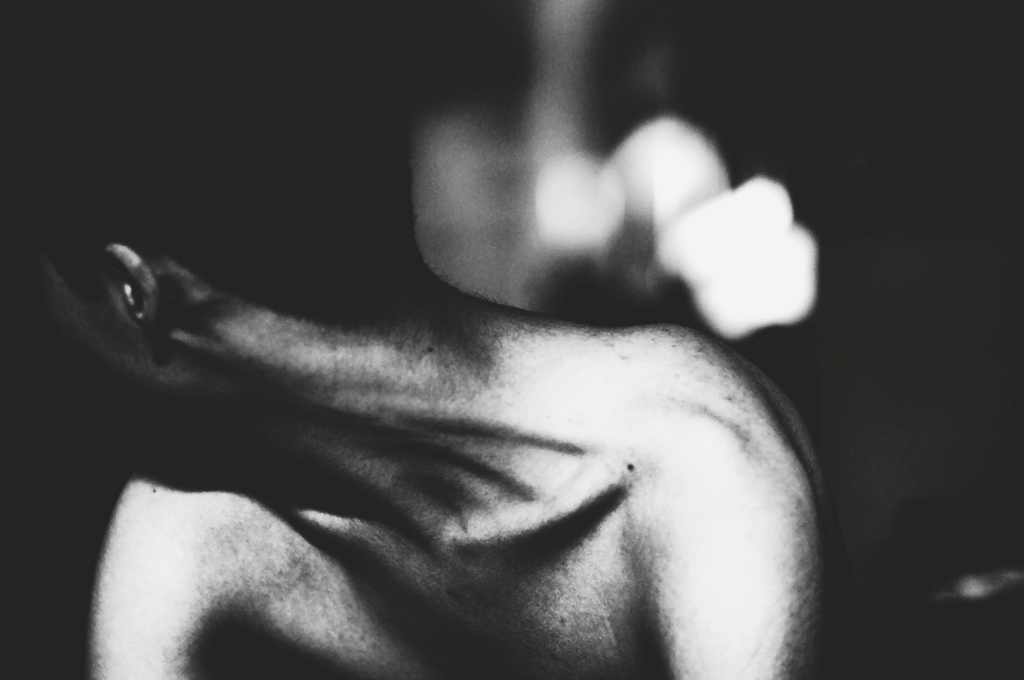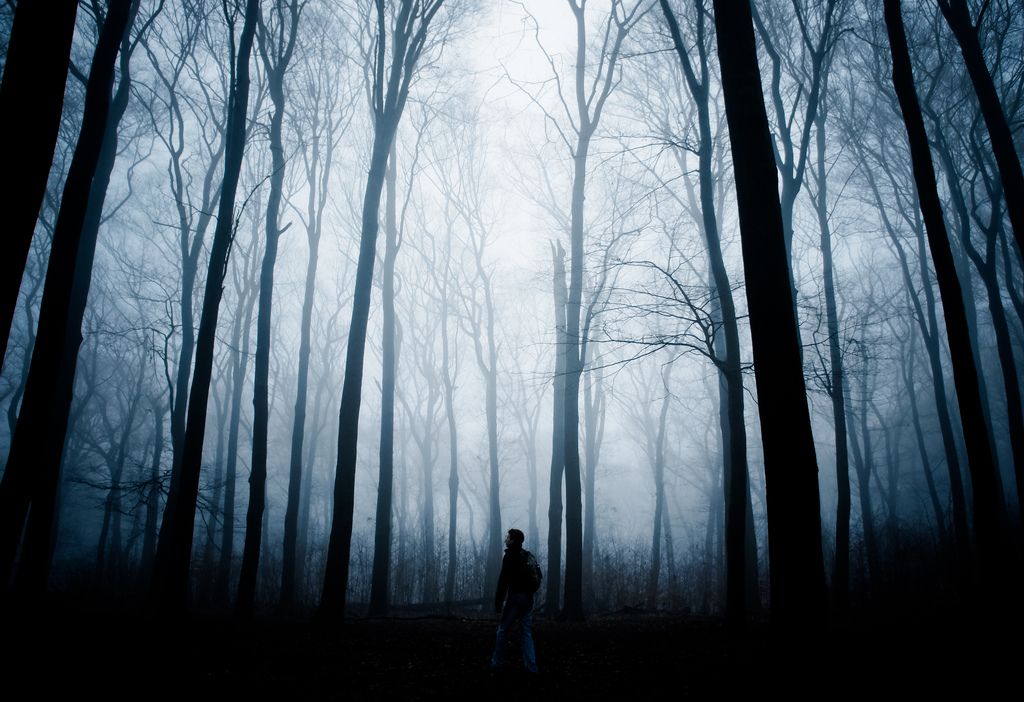Mark 70 minutes, video, 2009
https://vimeo.com/43680863
Society is not first of all a milieu for exchange where the essential would be to circulate or to cause to circulate, but rather a socius of inscription where the essential thing is to mark and to be marked. Deleuze and Guatarri, Anti-Oedipus
“History and elegy are akin. The word ‘history’ comes from an ancient Greek verb meaning ‘to ask.’ One who asks about things – about their dimensions, weight, location, moods, names, holiness, smell – is an historian. But the asking is not idle. It is when you are asking about something that you realize you yourself have survived it, and so you must carry it, or fashion it into a thing that carries itself.” Anne Carson, Nox
A sidelong biography of my friend and long time editor Mark Karbusicky. Animal rights activist, political vegan, punk maestro, the life-partner of Mirha-Soleil Ross, a transsexual force of nature. With Andrew Vollmar, Lauren Corman, Kristyn Dunnion, Lorena Elke, Zorka Karbusicky and Jack Fuller.
“Part tribute, part personal investigation, Mark sees Hoolboom piece together a mosaic of delicate fragments, crafting the life of his longtime friend from unconventional interviews, stock footage, home video and childhood relics, probing at the mystery of just how little we know about the lives that surround ours.” Melbourne International Festival
“Touching portrait of a lost friend. This moving film tells the story of Hoolboom’s friend and collaborator Mark Karbusicky. Interviews with Mark’s friends and family, as well as his lover, are interwoven with home movies, offering a glimpse into the life of this generous, loving and enigmatic figure. A powerful testimony to the enduring impact of our actions on the lives of others.” Edinburgh Festival
“A thousand words, a thousand images, rise to counter a loved one’s absence – a friend’s death is accompanied by a thousand silences, a thousand prostrations. Mike Hoolboom weaves his narrative out of a profusion of images gleaned, gathered and requested as well as footage of his own. To these he adds a remarkably textured soundtrack, including his own voice. Mark, who had assisted the filmmaker with his editing during six years, whose trade had been the care of the handicapped, whose vocation had been helping those close to him, was found hanged. He wasn’t even forty. His girlfriend’s account of the last rasping, haunting breaths escaping his dead body has the effect of an exorcism. The images are delicate icions, which, when assembled, form a necessarily fragmentary, incomplete portrait of Mark. Mike Hoolboom is confronted by the fundamental powerlessness of cinema to give life to a human being, other than in the transient shadow plays that are his films. His editing is exquisite, with images both contiguous and superimposed. It is within these elaborately crafted spaces that the filmmaker searches for the living memory of death. It is no coincidence that the film opens with underwater images of a child’s legs. The liquid elements has a metaphorical value: one must delve below the surface of the water, below that of images, to really see man walking. Towards the end of the film, it is by slowing down the footage of children running, in the unexpected thickness revealed by the slow-motion, that the filmmaker seeks to tease their share of painful and innocent memory out of the images. But as closely as one might inspect these images, with their peaks and gaps, these scenes from everyday life, what they ultimately reveal is the mystery of death. Mark functions like a secular requiem. Mike Hoolboom meditatively offers up this film which he knows to be peopled by touching ghosts – though they may still be alive, they are constantly in the process of disappearing.” Jean Perret, Visions du Reel, Nyon
“Nothing in the cry of cicadas suggests they are about to die.” Basho
“Mark is an elegiac portrait of his friend and collaborator, Mark Karbusicky, who died in 2007. Mark weaves together childhood snapshots, found footage, and interviews with Karbusicky’s friends, family, and longtime partner, transsexual performance artist Mirha-Soleil Ross, to map the contours of a life lived “in the background” and trace the mark he left on the communities around him. Curator Mark Webber notes, “few filmmakers use re-appropriated footage in such an emotive way… Hoolboom’s recent work is in profound sympathy with the human condition that speaks directly to our hearts.” Amy Beste, Conversations on the Edge, Chicago
“Mark died at age 35, and Hoolboom went looking for answers, talking to friends, probing Mark’s life of service to others and to animal rights, collecting images and stories. What he finds are only faint traces of Mark’s time on earth, in the streets and sad apartments, in a child he meets by chance. What he makes is a deeply moving reflection on relationship and the mysteries of absence and presence. A film that breathes with an urgent necessity all its own. Hoolboom’s finest work to date.” Bruno Dequen, Festival de Nouveau Cinema, Montreal
“Considered one of the finest independent filmmakers of his generation, Mike Hoolboom has created dozens of films and videos over the past three decades which have been shown worldwide and have garnered numerous awards and critical acclaim. Hoolboom’s most recent film, Mark, is a feature-length portrait of his recently deceased friend. With appropriated footage from a wide range of sources as well as original footage and home movies, Hoolboom creates, through spacious and energetic montage, a moving and intimate view.” David Dinnell, UWM Union Theatre
“This beautifully created doc grabs viewers on a visceral level.” The Accolade Competition
“It takes me a day to make the history of one second. It takes me a year to make the history of one minute. It takes me a life to make the history of one hour. It takes an eternity to make the history of one day. One can do anything, except the history of what one does.” Charles Péguy
“Featuring images derived from personal archives as well as found footage and clips from Hollywood blockbusters, Mark is filmmaker Mike Hoolboom’s testament to a late friend and collaborator: Mark Karbusicky, a talented film editor and all-around subcultural warrior who unexpectedly took his own life at the age of 35. It’s a melancholy film, but it’s also an affirmative one, with Hoolboom striking a nice balance between the suggestive, poetic, montage of his recent features and direct, head-on interviews that communicate the sense of loss (and heartbroken anger) attending its subject departure.” Adam Nayman, Eye Weekly
“If I’d been able to kill myself and afterward see their faces, then yes, it would have been worth it. People aren’t convinced of your sincerity, your motives, and the depth of your sorrows except by your death. As you long as you are alive, your case is uncertain, and you are entitled only to their skepticism. So if one were sure to enjoy the spectacle, it would be worth it to prove to them what they don’t wish to believe, and to astonish them. But you kill yourself and what does it matter whether they believe you or not: you aren’t there to drink in their amazement and their contrition (so fleeting, moreover), to attend, as every man dreams, your own funeral.” Albert Camus, The Fall
“Friend. Software, fate. Decision: commit suicide. To live (love, art). Film fragments, interviews with friends. The imagination and interaction of images. Objects and bodies freed of their burdens. An associative montage of the traces he left. Internal and external reality; higher reality of inner world. Editing as realm between reality and dreams, life and death. This filmic elegy composed of images from those left behind is the director’s homage to his dead friend and colleague, editor Mark Karbusicky.” Jihlava Festival
“Mike Hoolboom, one of Canada’s most prolific independent filmmakers, has created a film about his friend Mark Karbusicky who died in 2007. As anyone who is familiar with Hoolboom’s work will expect, the filmmaker has not produced a straightforward documentary or biography of his longtime friend and collaborator. Rather, through the use of archival footage, both stock and home movies of Mark, and interviews with his friends, collaborators and co-workers, what emerges is a film that becomes less about Mark than about the effect he had on the people in his life and the world around him. Mark was involved in a dizzying array of causes and projects, and Hoolboom’s film touches upon them to the same extent Mark’s life did, sometimes in depth and sometimes with a fleeting interest. This fully engaged and engaging film has reinvented the biographical film by, perhaps intentionally, avoiding answering the big questions of ‘Who is Mark?’ and ‘What did he do?’ Instead, Hoolboom focuses on allowing Mark’s enigmatic personality the ability to never be defined as one thing or another. Above all, Mark was passionate about what inspired him at any given moment. Mark never simply went through the motions, whether in regards to a political cause, a friendship or an artistic project. In the Canadian filmmaking community, a new film by Mike Hoolboom is reason for celebration, and Mark is not only one of Hoolboom’s best films, but one of his most accessible. As one of Mark’s friends says in the film, ‘Mark was a presence,’ and Hoolboom not only captures what this means, but he shows what this presence meant to the world.” Donovan Aikman, Victoria Film Festival
“His life’s purpose lay in being graceful, in being overcome… Surrounded by company, he limited his activities to well-mannered comportment along with something that appears to have been both enlivening and distracting. Not being known was the lot that fell to his soul, which remained not quite grown-up. What people expected and almost found it appropriate to wish for, in light of his preciousness, came to pass. An illness took hold of him, and he let it bear him away until he departed.” Robert Walser, The Microscripts
“Mark Karbusicky moves in and out of focus, haunting the faint traces of negative space he leaves behind. Gentle animal rights activist, political vegan, punk maestro, and life partner of transsexual performance artist Mirha-Soleil Ross, Mark was also friend and editor to one of the preeminent experimental filmmakers working today, Mike Hoolboom. Together, they collaborated on Hoolboom’s acclaimed biography series. When this loving soul, who had always worked tirelessly to improve the lives of others, suddenly hangs himself at 35, Mark’s relentless optimism, impossible kindness, and self-effacing nature take on new weight. Editing alone for the first time on what may be his finest film, Hoolboom searches for Mark through home video, found footage, and raw interviews with those who loved him, distilling fragments of memory into a collage of true emotional experience. We may not discover who Mark really was, but we feel him deeply.” Gisèle Gordon, Hot Docs
“Homage by experimental film maker Mike Hoolboom to his editor Mark Karbusicky. They co-operated for years until the latter one day tried to make himself redundant by installing editing software on Hoolboom’s computer. It turned out to be their last encounter: two months later, Mark ended his life. From interviews with his friends, a picture emerges of someone who was always there for other people. He was a fanatical animal activist, worked in medical care and also assisted his (transsexual) girlfriend in her work as a media activist. Hoolboom didn’t use any talking heads, the speakers themselves are never filmed from the front and their stories are augmented with an associative mosaic of original material, fragments from all kinds of media and pictures from the archives of Mark and his girlfriend. The director also tries to capture Mark in the voice-over. A very personal and unusually designed essayist portrait.” Gertjan Zuilhof, International Film Festival Rotterdam
“Mark is a deeply personal and visceral homage to an invisible man who, kind and selfless in his everyday actions, eventually succeeds in obliterating himself from view. Mark Karbusicky, editor and friend of acclaimed experimental filmmaker Mike Hoolboom, committed suicide in April 2007. Hoolboom, in an attempt to find answers, compiles the residual fragments of Mark from home movies, childhood photographs, and interviews with friends, family, and his life-partner of ten years, trans performance artist Mirha-Soleil Ross. For those of us who did not know Mark, we are introduced to an impassioned animal rights activist, political vegan, dedicated mental health worker and charismatic free spirit who cared more about improving the lives of others than he did about himself. Much of the original documentation is culled from the archives of Mark and his partner, and Hoolboom sutures these moments together with found footage to produce a tense and emotive portrait of a troubled mind.” Jason St. Laurent, Inside Out Festival
“This is not a film about Mark. It is a film about his absence. Slowly, Mike Hoolboom’s film will revolve around it, without ever coming too close. Fragments of Mark’s life – as reflected by those close to him – are being carefully woven into a web of found images. But Mark remains an elusive character. He remains between the images – many of which are superimposed in the form of a variable palimpsest of traces and impressions. In the end we still don’t know who Mark was. But we start to get a feeling of how much he is missed. Mark’s portrait is a collage of memories and carefully arranged moving tableaus of archival stock. Footage, which is less found and compiled, than researched and looked after. A while into the film we will learn that Mark was a video editor, who worked for the filmmaker himself. But this is only one of his assorted existences many of which revolve around affective labour. They never coalesce into anything like a coherent and immobilised image. His is in flux and in movement – driven along by the sex workers rights movement or the animal liberation movement; set in the transition between genders. In a short glimpse of archive material we see how activists set birds free by literally ripping them from trucks driving by.
Mark’s image eludes capture in a similar way. It withdraws to the spaces in-between images which are often superimposed in several layers. In a similar way, the recollections of several of Marks friends and his partner are layered – this time by framing and unfocussing protagonists faces and bodies. We see remarkably unedited interviews, stretches of sustained intensity, which tell us about Mark. Strangely it seems that Mark was loved equally for what he can clearly be said about him and his diverse activities, as for those things that escape being fixed by expression.
In a unusual superimposition, we briefly see Maria Falconetti’s Joan of Arc being watched by Anna Karina in Godard’s Vivre sa Vie. One close up affects the other, the image of the saint carries over into the picture of the occasional prostitute, affect spills from one face onto another, briefly registering before moving on. This transition is mapped onto a stage shot of Mark and his partner. From one stage of gender to the other, from human to animal, from one shot to the next, Mark seems to have facilitated the passing of one life form into the other, less by editing than by conjoining, less by dividing than by carrying over. Towards the end, Mark’s absence – his loss – grows more intense.” Hito Steyerl, Ambulante Festival
“Mark is a powerful testament and I thought the interviews were extraordinary. Excepting the extraordinarily beautiful beginning, and the simple but heart-breaking shot of the boys running across the grassy knoll (echoing an earlier film – as those boys run to the men they will or will not become), the three pivotal interviews were my favorite. A) the first friend, B) the centerpiece interview (the long, 10 minute, single-take interview with the woman who’d intuited his death) and C) the extraordinary testament of Mirha finding Mark. But in the end, Mike, I found it to be a film about you in many ways. Visually, there were allusions to much of your work, repeated phrasing and images, along with similar voiceover strategies. Emotionally and existentially, it felt familiar. While the movie was surely about Mark and his life, it was as much about you, your doppelganger, your self that didn’t survive. The you who wasn’t able to escape the disease, the sadness, the anger, the weight of compassion. The other you, in many senses. But anyway, it was a rich testimony. Not yet THE One, but one in deed.” Bob Black, May 2010
“Mourning is painful not only because it is an acknowledgment of loss, but because it confronts us with the knowledge that we were never the possessors of what we have lost, but rather, the partial investors, which is different. Through the figure of the transvestite – the opportunist with no alternatives – Garber shows that our categories are themselves ghosts, or ghost-writers, and not the reassuring commodities which we, and a long philosophical tradition before us, pretend that they are. We don’t own them, nor do they own us; we are simply attached to them. Because of the ‘power of the transvestite to unsettle assumptions, structures and hierarchies,’ the transvestite ‘tells the truth about gender.’” On Flirtation by Adam Phillips
“Mark is a deeply personal and visceral homage to an invisible man who, kind and selfless in his everyday actions, eventually succeeds in obliterating himself from view. Mark Karbusicky, editor and friend of acclaimed experimental filmmaker Mike Hoolboom, committed suicide in April 2007. Hoolboom, in an attempt to find answers, compiles the residual fragments of Mark from home movies, childhood photographs, and interviews with friends, family, and his life-partner of ten years, trans performance artist Mirha-Soleil Ross. For those of us who did not know Mark, we are introduced to an impassioned animal rights activist, political vegan, dedicated mental health worker, and charismatic free spirit who cared more about improving the lives of others than he did about himself. Much of the original documentation is culled from the archives of Mark and his partner, and Hoolboom sutures these moments together with found footage to produce a tense and emotive portrait of a troubled mind. Hoolboom, who worked with Mark Karbusicky for six years re-appropriating imagery in order to tell biographical stories, is left to impart this one alone. In the film, Mark Karbusicky is described as a presence, and although you may end up knowing less about Mark than you thought you did initially, his absence resonates far beyond the boundaries of the screen.” Matt Salton, Reel Out, 2011
Conversations on the Edge by Lauren Vallone (Artslant)
Director Mike Hoolboom began his opening remarks by stating that there was a time in his life when all the good things happened in a movie theater, until a day in 2007 when he found out that his friend and collaborator of six years Mark had killed himself, which he was told right before a movie began. Yikes. The film reads less like a documentary and more like a moving collage of stock footage, childhood portraits and relics, as well as interviews with his friends and family. Beginning with his oldest childhood friend, the film traces the life of a man you end up knowing less about in the end than you did to begin with. It is an odd portrait in that it seems to capture more the periphery of his life than actually attempting to memorialize the man himself. Or perhaps by documenting the margins of his life, his politics and odd moments in home videos, Hoolboom was attempting to achieve a more genuine view of Mark as a person.
Created mostly of footage taken by his partner (who happens to be transsexual, although this is actually irrelevant), of her own performances and activism, Mark by default seems to be the supporting character in his own life memorium. Mark was clearly a tortured person. Deeply invested in animal rights, queer politics, and helping others with mental illness, a lot of attention was focused on how little he cared about himself and put all others before him. Hoolboom spoke after the screening about how the film was created in the space between the way things were before Mark had died and before things had settled into the way they would be after his death. The rawness of this period is apparent especially in the interviews, which were all done within the year after his death.
The film is edited to create an intense amount of tension. Many pieces of footage are overlapped, the hand-heldness is emphasized in upside down and shaky camera work, and shots seems to be just too short, or just too long or just too out of focus for one to feel comfortable. In an interview with one of Mark’s friend and coworker, the camera is at table height, and the woman is half obscured by a large candle holder. The focus goes in and out as she tells this heart wrenching rendition of their final interaction. After the screening, Hoolboom explains that he wanted to give his interviewees physical space, and referenced this shot in particular to demonstrate how he wanted the candle to mediate the space between her and the camera. Although I acknowledge the gesture after he spoke about it, during the shot I felt myself wanting to peer around the obstacle and actually see her face. Another shot I thought was more successful was that of Mark’s partner Mihra-Soleil Ross; the camera was focused on the deep red wall of their apartment, you could see a bookcase and a plant, and she walked almost around the frame while she spoke about her recurring dreams during their ten year relationship that he had left her. Her body was just present enough to give you a sense of agency, but the lack of her presence really caused you to focus on her words and storytelling.
The film was successful in that it felt vast and encompassing, through the use of stock footage that spanned decades, Mark’s own home videos and photos as well as different people speaking about him. It did not feel like the entire momentum of the piece leads up to a dramatic revelation of how he killed himself, which was refreshing. Hoolboom said that his death was not the most important thing that happened in his life, and I think the film reflected this sentiment.”
“June asked me for an epitaph for some memorial, his, I was not interested in memorials, really, but I remembered the poem Brecht wrote, saying the only way he wished to be commemorated after death was by the line: He made suggestions, and we accepted them. This I thought appropriate for Tony, from my point of view, but there would have been copyright problems, ha, I suppose, and probably that was not how June saw him. So eventually the best I could do, in the time, ah, were the three words: He gave freely.” B.S. Johnson, The Unfortunates
Awards: Best Feature Documentary, The Accolade Competition, La Jolla, CA, 2010
